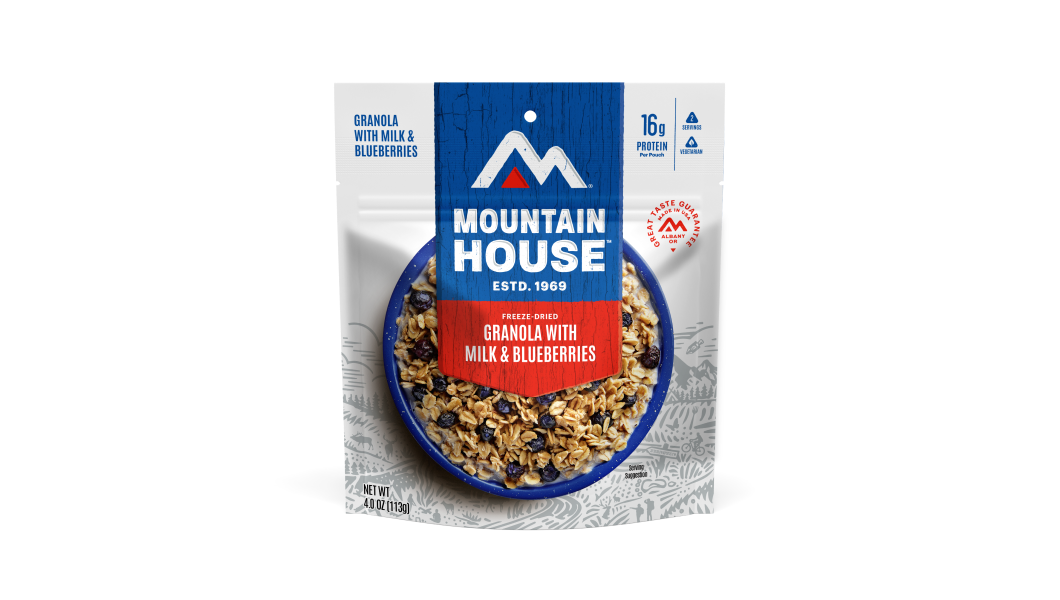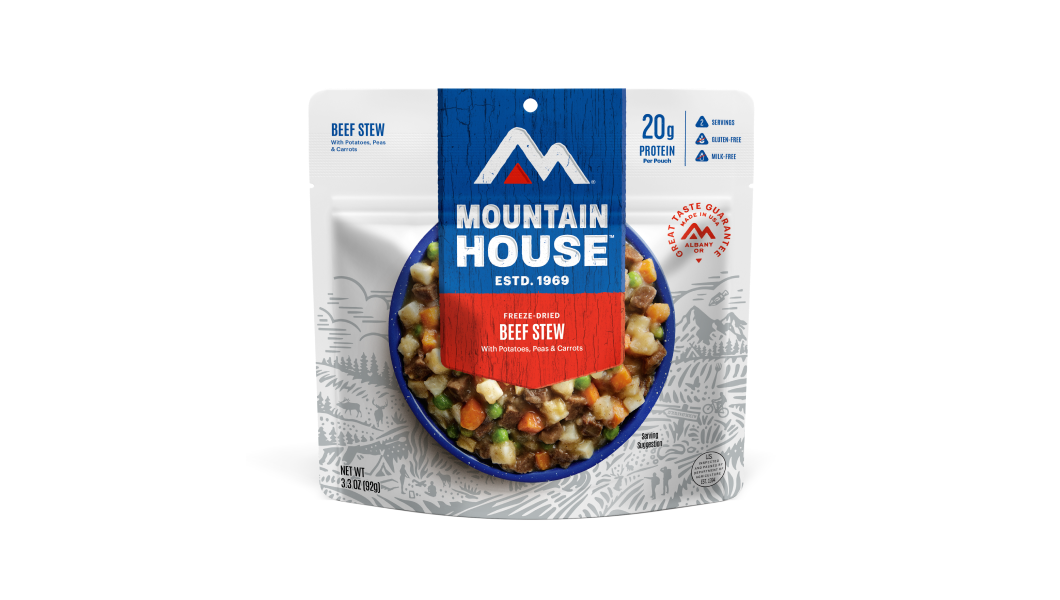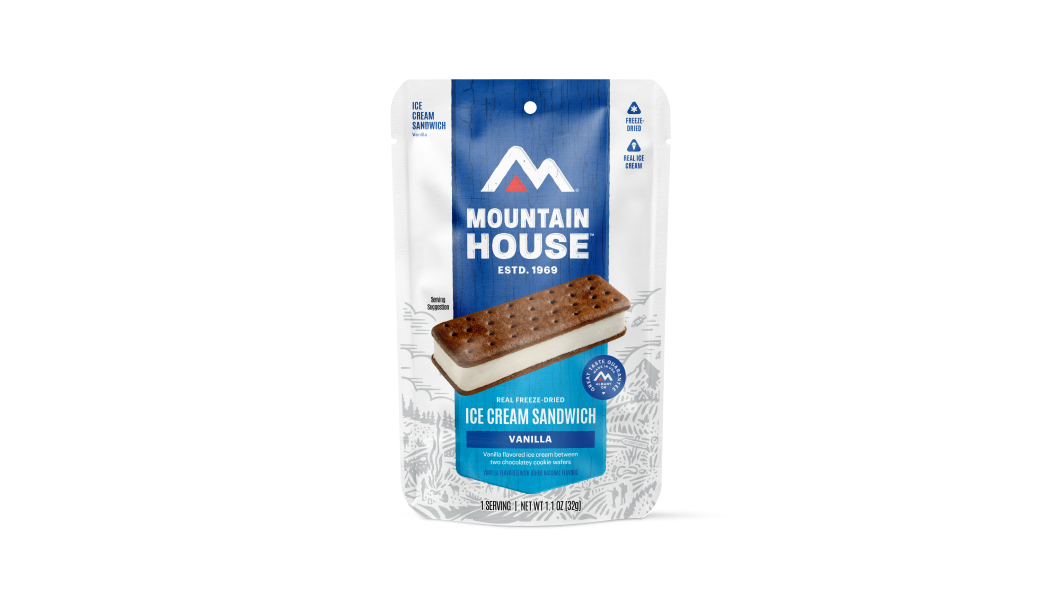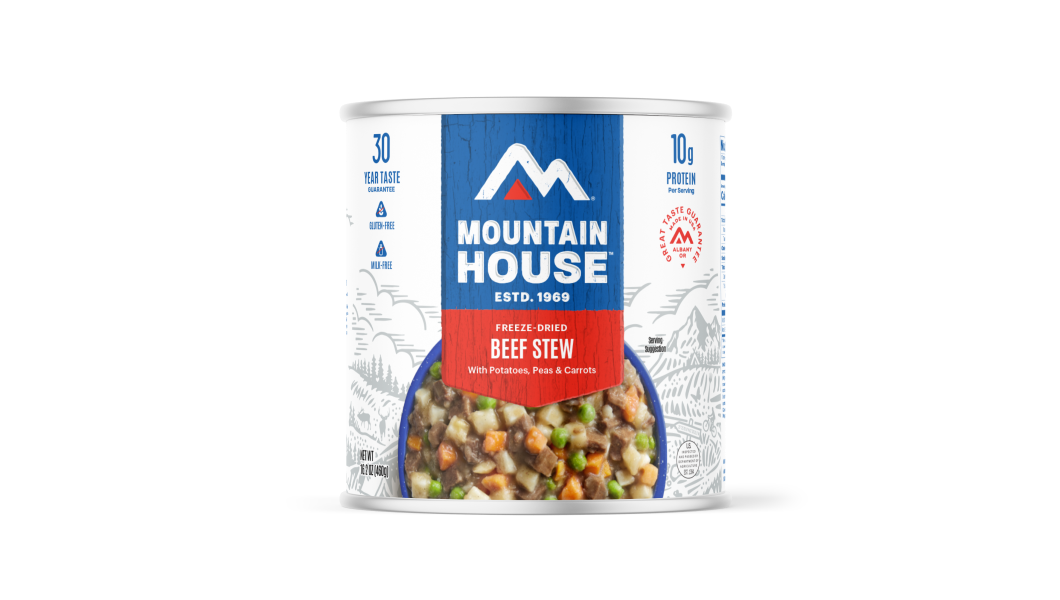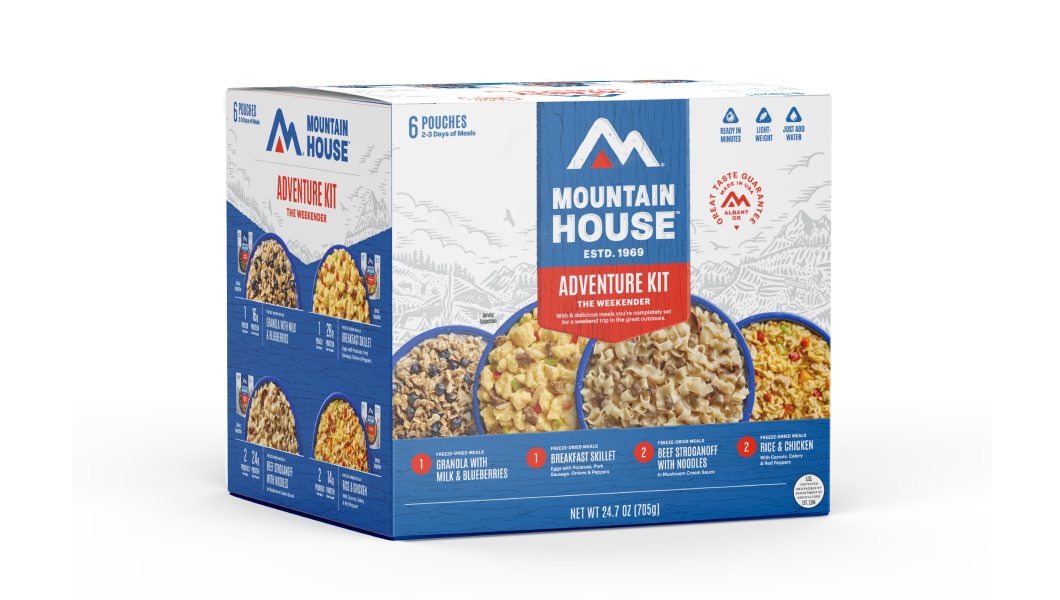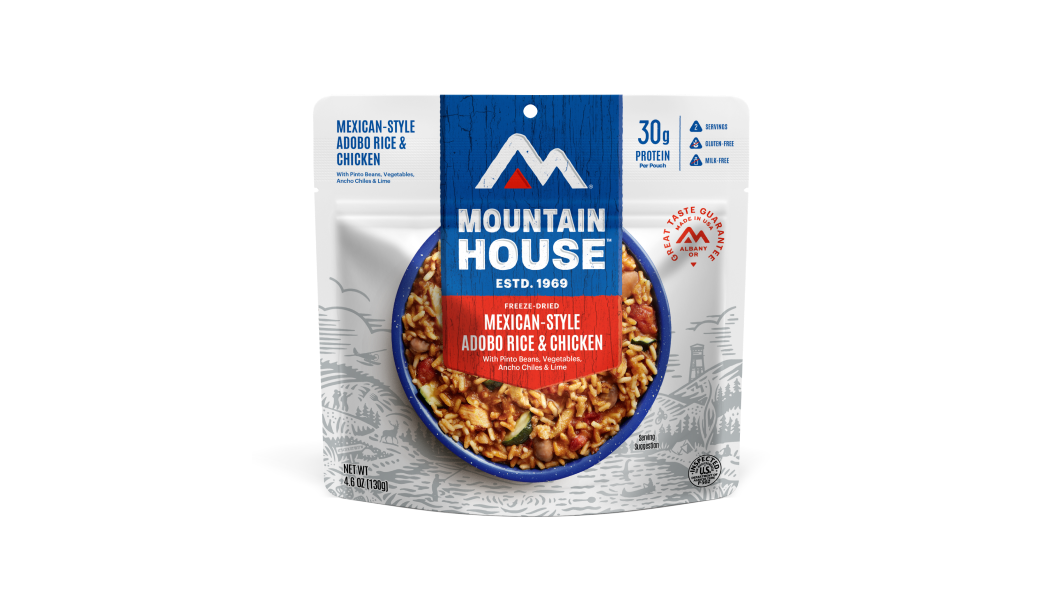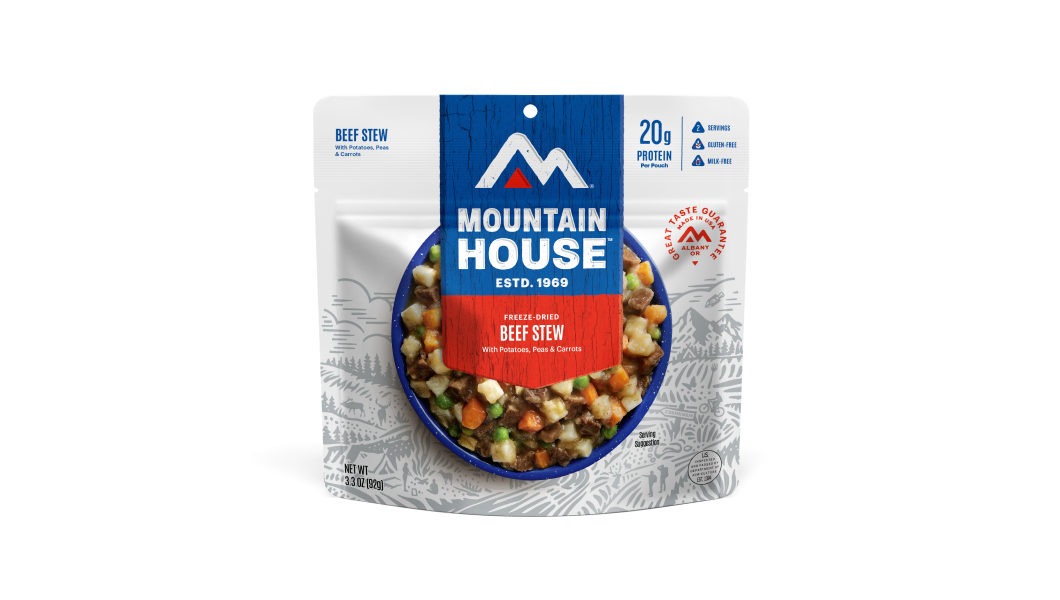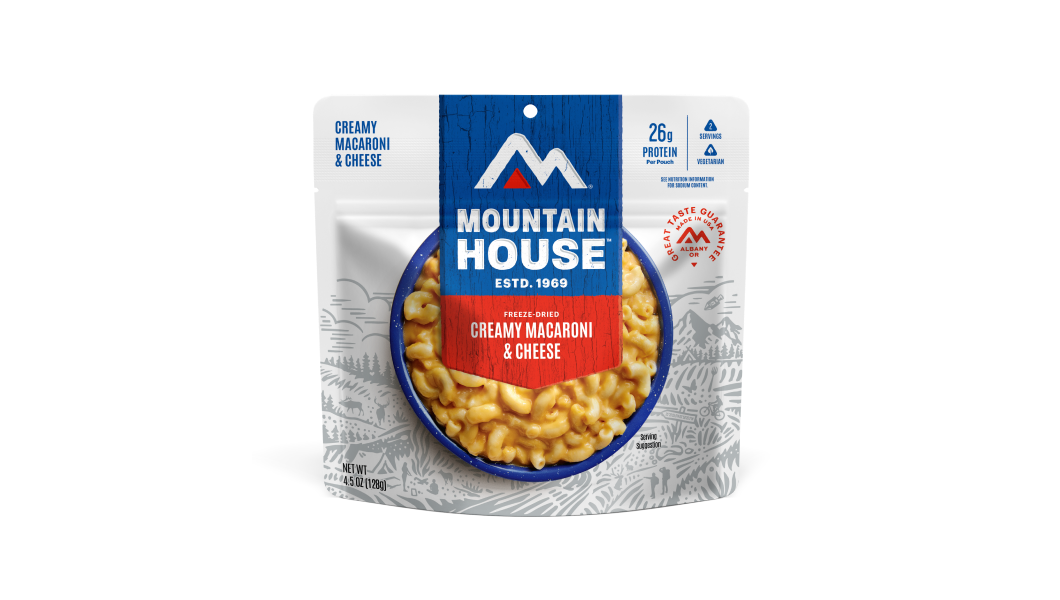Inspired for an Adventure? Check out Beef Stroganoff - Pouch and Beef Stew - Pouch
Free Ground Shipping On All Orders
Over 2,100 Reviews
Add description, images, menus and links to your mega menu
A column with no settings can be used as a spacer
Link to your collections, sales and even external links
Add up to five columns
Add description, images, menus and links to your mega menu
A column with no settings can be used as a spacer
Link to your collections, sales and even external links
Add up to five columns


One of the great pleasures of wilderness travel is preparing a hearty meal amid fresh air and rugged scenery. In a true wilderness survival situation, though, cooking becomes more than just a pleasure—it’s a vital skill for staying nourished and energized.
In this article, we’ll be running through the basics of some wilderness survival cooking methods (and general outdoor cooking tips). Right from the start, it’s worth noting that cookstoves—even today’s compact, lightweight backpacking stoves—offer several advantages over traditional campfire cooking. These include reducing your impact on the environment and allowing you to prepare meals even when fire bans or restrictions are in place.
But in this guide, we’ll be mainly focused on outdoor cooking methods involving wood-burning flames and coals and their applicability in all-out survival situations.
Now, bear in mind that while we’re emphasizing the practical, survival-focused value of these methods, they’re just as useful in the backyard or at a frontcountry campsite. They offer a fun way to learn time-honored techniques and enjoy the nearly universal pleasure of preparing food over a crackling campfire.
Why Wilderness Cooking Matters in a Survival Situation
Wilderness survival situations, by their nature, require a measure of self-sufficiency and the skills to get by for some time without many of the modern world’s conveniences. (That said, modern tools like GPS units and satellite messengers can be invaluable in these situations.) In an extended survival scenario, having the ability to cook food without a stove—whether you’ve run out of fuel or the stove is broken—can be downright essential.
From ensuring food is properly cooked for safe consumption to keeping up energy and morale, it’s important indeed to know how to cook outside so you’re prepared for an emergency or survivalist event.
Building the Right Fire for Cooking
Preparing a fire specifically for cooking purposes takes a little more forethought and management, but it incorporates the same basic building and ignition principles we run through in our 101-style article, “How to Build a Campfire: Techniques, Safety, & Etiquette.”
It’s a common beginner’s mistake to assume that you’ll be cooking directly over open flames. Now, that’s certainly possible—and it’s obviously a common way to roast those marshmallows for s’mores or char up some hot dogs with the kiddos—but it’s not the best way to seriously and efficiently cook most foods. For that, you generally want a coalbed.
With volatiles burned away in active flames, the residual, carbon-rich coals provide the even, steady heat that ensures thorough cooking and prevents a charred, gristly end-product.
Here are a few tips for building up cooking coals in your campfire:
- Use small pieces of wood instead of large logs to get the fire going
- Start with slender branches, wood shavings, twigs, and softwood (like pine)
- Add hardwood splits and logs later—these are more carbon-dense and produce better cooking coals
- Make sure your fire structure allows for good airflow to feed the flames oxygen
Basic Wilderness Cooking Methods
Once you’ve built up a solid bed of coals, you can try a variety of simple and effective wilderness cooking techniques. Here are a few foundational methods to know:
(1) Skewering, Roasting, & Grilling Over Open Flames & Hot Coals
One of the simplest and most time-tested ways to cook over a campfire is by using a greenwood stick that is sturdy and freshly cut for skewering and roasting food. We’ve already mentioned the limited utility of actual open flames, though they can get the job done—it’ll just take a lot of turning, raising, and lowering to achieve doneness and avoid your dinner actually undergoing the combustion process.
A better option is to cook over a bed of hot coals, which offers more consistent and manageable heat. It does not take long to build one. As your fire burns, arrange the coals so you can scrape some forward to cook over while continuing to feed new fuel into the back of the fire. This setup allows you to maintain steady heat for cooking while keeping the fire going. You will still need to turn your roasting stick for even cooking, but the consistent radiant heat from the coals makes the process easier and more effective.
Many human cultures around the world employed some version of a roasting spit to cook over fire and coals, and that’s certainly another option, and the better one for larger hunks of meat. You can also use greenwood sticks to fashion a rough-and-ready grill, secured with wooden stakes or rocks.
(2) Cooking Food on Fire-Heated Surface: Ash, Coals, Stones, Griddles
You don’t even need a roasting stick or spit to cook with a campfire. You can lay some foods directly on coals, or bury them in ash, to whip up an entirely utensil-free meal. Generations of campers have, of course, prepared all manner of eats this way in aluminum-foil packets, but a lot of fare—from potatoes and squash to garlic, onion, and corn (which have the added benefit of some inedible, burnable outer layers)—can be nested directly on coals and/or blanketed in hot ash for low-and-slow cooking.
If you have a griddle, naturally, you can place it directly on coals or prop it above them.
Flat, dry stones heated beside a campfire offer another readymade surface for cooking everything from vegetables to cuts of meat. Exercise caution when doing this, as some rocks are safer to use than others; more porous, layered, or cracked rocks may have moisture inside that can flash to steam when heated and explode the stones.
(3) Pit Cooking & Earth Ovens
Cooking food using residual fire heat in a pit or earth oven is nearly as ancient and widespread as cooking over an open flame. Examples include the Native American clambake and the kālua-style meat prepared in a Hawaiian earth-oven (imu).
An excellent way to slow-cook larger cuts of meat or root vegetables, pit-cooking can take any number of forms, but the basic idea is to blanket fire-heated coals, stones, or both in a dug-out hole, place the food on top (often with a moist layer of plant matter or seaweed between), then cover—often with more layered leaves—with a moisture-trapping surface, or simply bury. Any number of hours later, the pit is re-excavated or uncovered, and the cooked, steamy goodness retrieved.
You won’t always have one in a wilderness-survival situation, but a Dutch oven is another great way to do a similar kind of slow-cooking, and can be handily used in a coal-lined pit.
(4) Boiling & Stewing With Natural Materials
A cookpot gives you the ability to make hearty, energy-rich soups and stews, which may be made with any number of sky’s-the-limit ingredients—including foraged edible plants or small game. Besides suspending or bracing your pot over open flames or coals, you can, if need be, try using fire-heated stones to bring water to a boil.
Campfire Cooking Tips for Outdoorspeople
Even in a desperate survival situation, remember to practice basic fire safety and do all you can to minimize your burn’s environmental impacts.
If you’re boondocking, car camping, or setting up a long-term backcountry camp, versatile cookware—like a Dutch oven, cookpot, frying pan, or griddle—is (no surprise) incredibly handy to have on hand. But again, you can get by without them in a pinch or when refining your most primal, minimalist cooking skills.
When using cookware, always place it on a stable surface such as a flat rock or a makeshift grate over coals to avoid spills and burns.
Cooking Mountain House Meals in the Wilderness
From everyday outdoor recreation to prepper and survival purposes, Mountain House freeze-dried pouches provide quick, no-fuss, energy- and nutrition- (and flavor-!) packed meals ideal for the wilderness! Preparation is as simple as it gets: Just boil water—over fire, on a cookstove, or using heated stones—then pour it directly into the pouch and seal. A few minutes later, voila! A delicious and soothing meal is ready to enjoy.

Needless to say, Mountain House meals are a great choice when conditions aren’t ideal for using primitive/minimalist methods of campfire cooking, or when you don’t have any cookware or can’t readily get a fire pit prepared.
Balance Primitive Skills With Modern Convenience
Learning how to effectively cook over a fire or by using its residual heat is not only fun and rewarding: It can also help you endure an extended survival period out in the wilds.
Incredibly compact and lightweight, boasting an unbeatably long shelf life, and lightning-fast to prepare, Mountain House meals are also amazing resources to have at hand in case the going gets tough out there—and, of course, anytime you hit the trail or the backroads! Explore our full collection of emergency and survival provisions today.
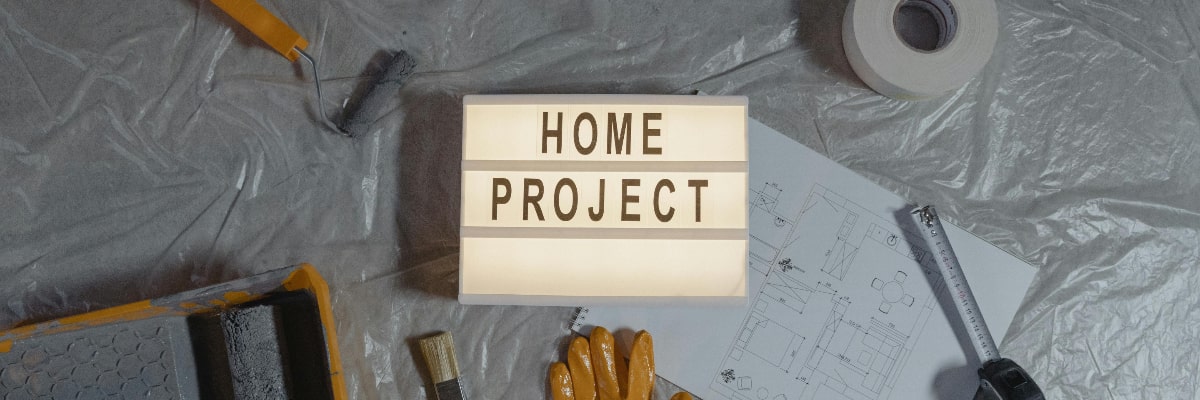
Emergency Preparedness Ideas for Small-Space Preppers

How to Build a Long-Term Food Storage System at Home
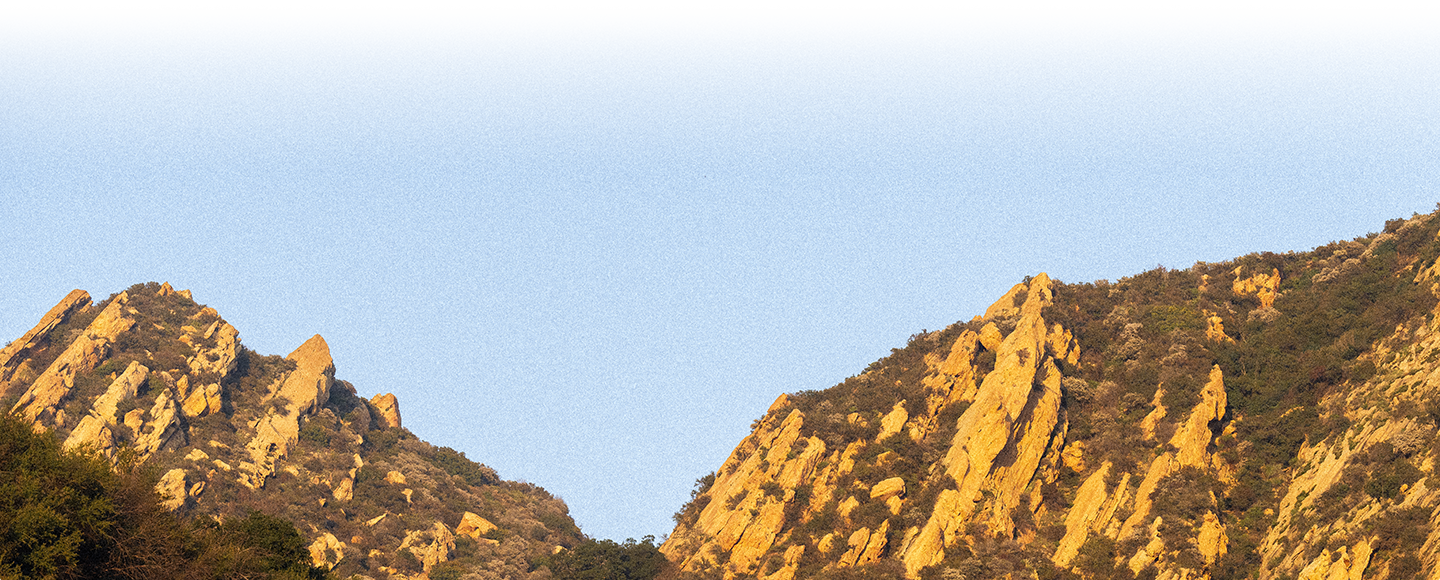
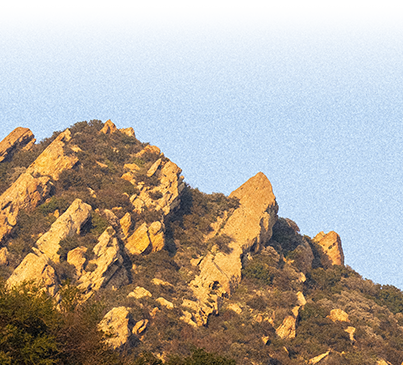
Stay Hungry for Adventure
Sign Up for Delicious Outdoor Meals & Exclusive Offers!
By clicking ‘Join Now’, I agree to the Terms of Service and Privacy Policy.


Join the adventure
©2025 Mountain House — All Rights Reserved.
Join Mountain House Rewards
Your Cart is Empty
Continue ShoppingYour Cart
Subtotal
$0.00
EXPRESS PAYMENT METHODS AVAILABLE IN CHECKOUT
Taxes and Shipping Calculated at Checkout
